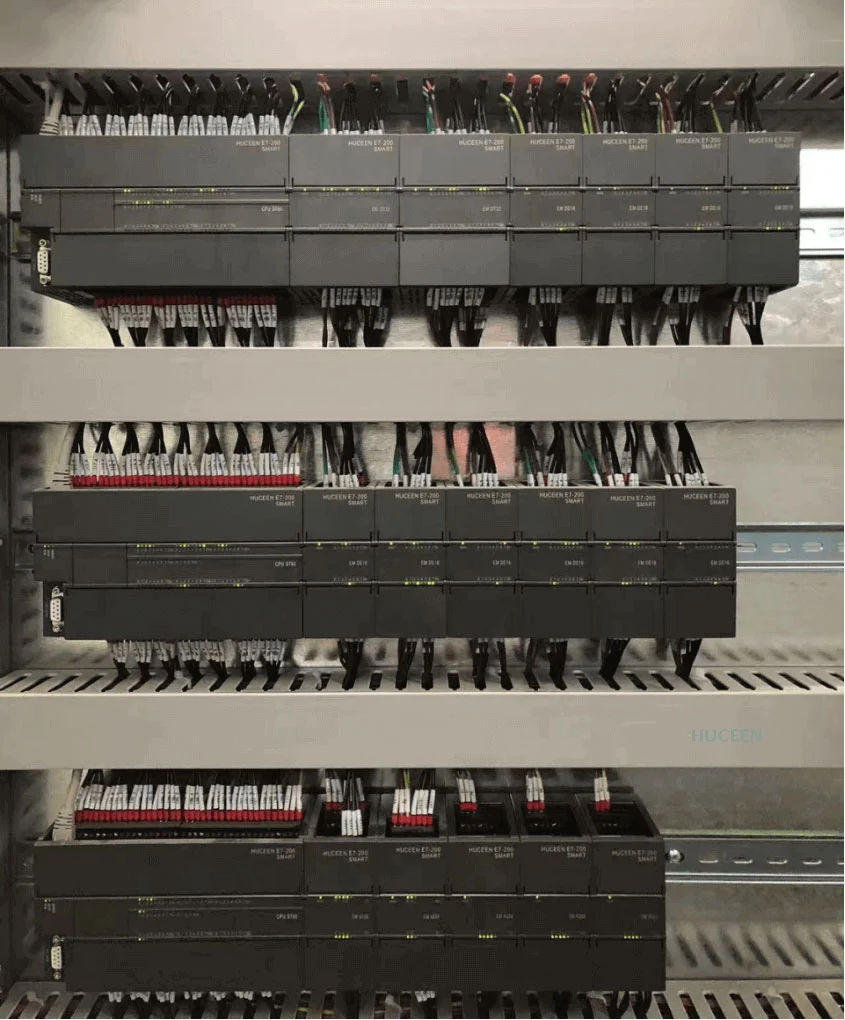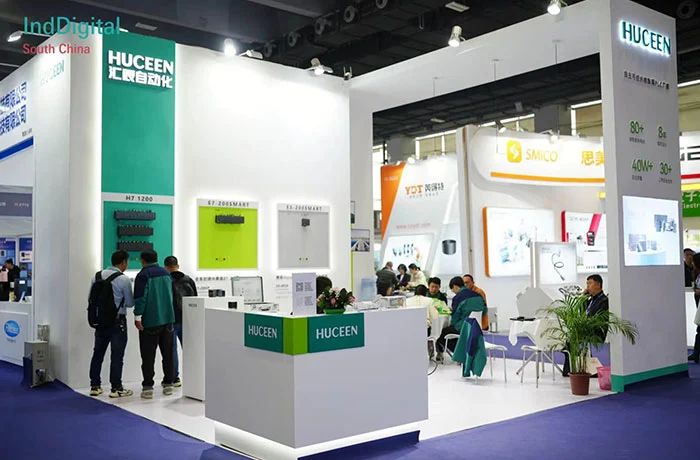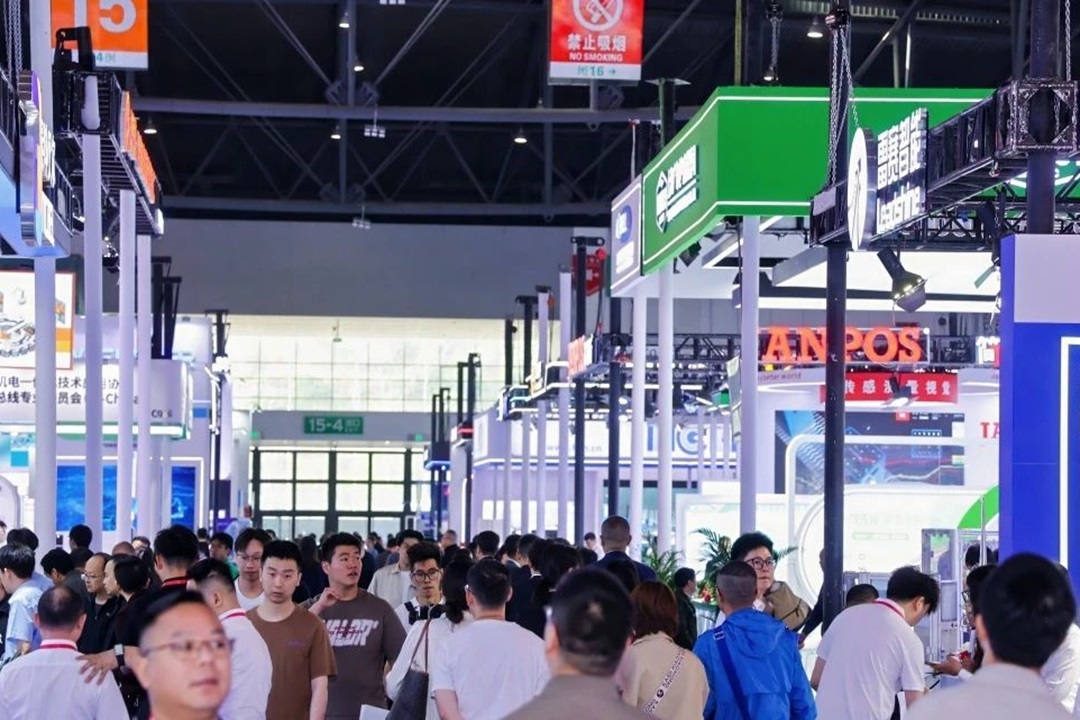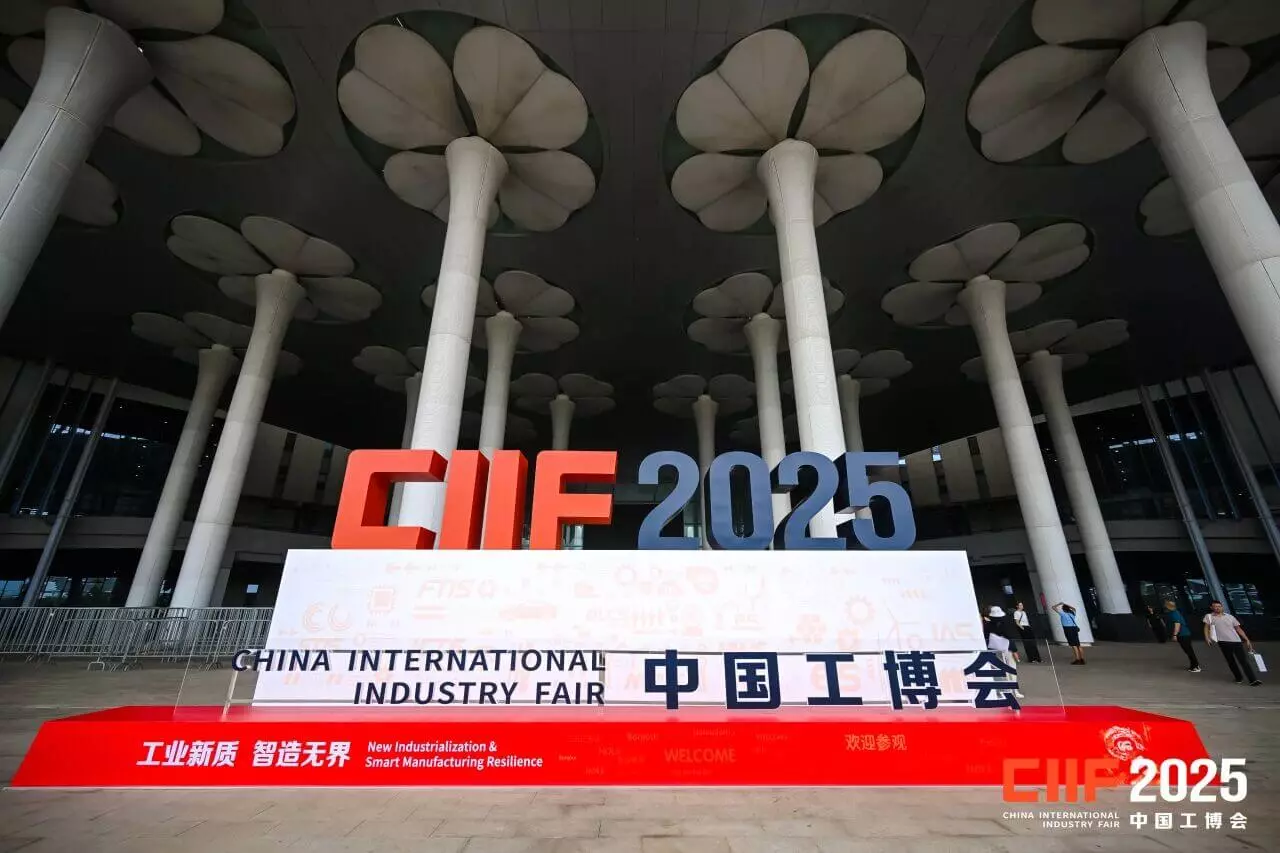Application of Huceen E7-200Smart PLC in Leachate Treatment
![]() 2023-12-08
2023-12-08
![]() Huceen
Huceen
Characteristics of landfill leachate
Domestic waste landfills are mainly filled with municipal solid waste. Domestic waste is usually collected and then mixed and landfilled. The composition of the waste is complex, resulting in the water quality of the landfill leachate having high pollutant concentration and composition. Characteristics of complex ingredients.
The garbage in landfills is mainly paper, animal and plant residues, kitchen waste, plastic products, etc. The leachate produced by these materials has extremely high concentrations of harmful pollutants. The main components of animal and plant residues include cellulose, aromatic hydrocarbons, protein substances, lipid substances, and sugar substances. These substances are all organic substances and are prone to oxidation. After landfill, they are converted from organic substances into environmentally harmless inorganic substances. During this period, a large amount of oxygen is consumed, and if these substances are directly discharged into rivers, lakes, and urban water bodies with leachate, the oxygen content in the water will be greatly consumed, resulting in the death of animals and plants in the water due to lack of oxygen. If it is directly discharged into the environment without treatment, it will cause serious environmental pollution. It is essential to treat the leachate to protect the environment.
Source of leachate
There are many factors that affect the production of leachate. To sum up, they mainly include the following aspects: regional precipitation and climate conditions, the nature and composition of garbage, the hydrogeological conditions of the landfill, the size of the landfill operation area, and the condition of the garbage covering layer. That is, the infiltration of natural precipitation during the sanitary landfill production process; the inflow of external surface water, including surface runoff and irrigation; the penetration of groundwater into the pile to produce leachate; the moisture carried by the garbage itself during the garbage collection stage and the adsorbed moisture from the atmosphere and rainwater ; It is the moisture generated by the degradation of organic components after garbage landfill.
Leachate treatment process
The leachate treatment plan adopts a two-stage MBR + STRO process, which is a commonly used "biological treatment + advanced treatment" process in my country at this stage.
The specific process of the process is: first, the leachate in the leachate adjustment tank enters the MBR membrane biochemical reaction system through the sewage lifting well. The incoming water first enters the anoxic tank because the organic carbon in the sewage is utilized by nitrifying bacteria. Denitrification of nitrate nitrogen in the nitrification solution into nitrogen gas achieves the purpose of denitrification and organic matter removal, which can reduce the organic load of the aerobic tank. The alkalinity produced by the reaction can compensate for the alkalinity impact of the denitrification reaction in the aerobic tank. needs.
The aerobic tank is after the anoxic tank, and the effluent from the denitrification tank enters the nitrification tank. The main function of the nitrification tank is to realize the nitrification reaction of ammonia nitrogen, which can further remove the organic pollutants remaining in denitrification and improve the quality of the effluent.
Aeration is required in the nitrification tank. Through the action of highly active aerobic microorganisms, most of the organic pollutants in the sewage are degraded in the nitrification tank. At the same time, ammonia nitrogen is oxidized into nitrate under the action of nitrifying microorganisms. Nitrate nitrogen returns to the denitrification tank is reduced to nitrogen gas in an anoxic environment and is discharged to achieve the purpose of biological denitrification.
The external membrane should be a tubular ultrafiltration membrane module. The effluent of the biochemical system enters the ultrafiltration system through the inlet pump to separate mud and water. At the same time, the remaining sludge is discharged, and the remaining sludge enters the sludge dehydration system for treatment.
PLC control system configuration







 +86 13713990149
+86 13713990149 sales@huceen.com
sales@huceen.com Application of Huceen E7-200SMART PLC in Energy Storage Battery Cabin Liquid Cooling Control System
Application of Huceen E7-200SMART PLC in Energy Storage Battery Cabin Liquid Cooling Control System 














